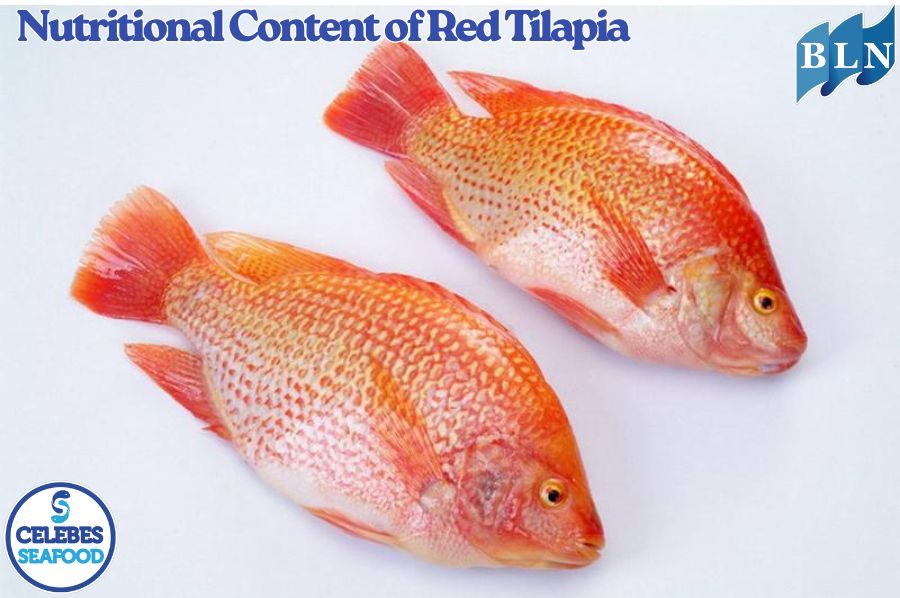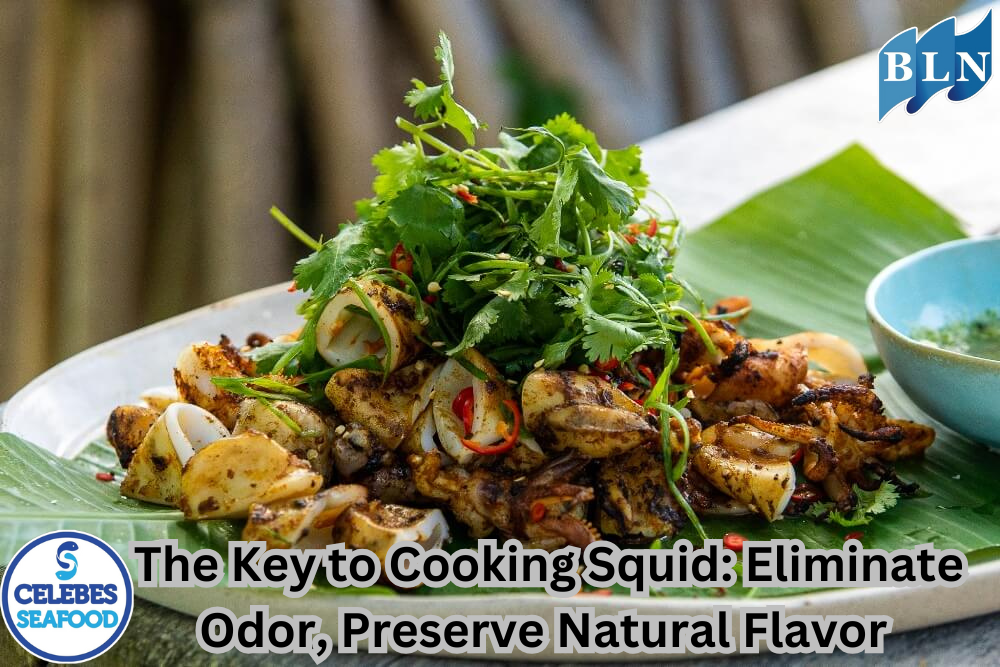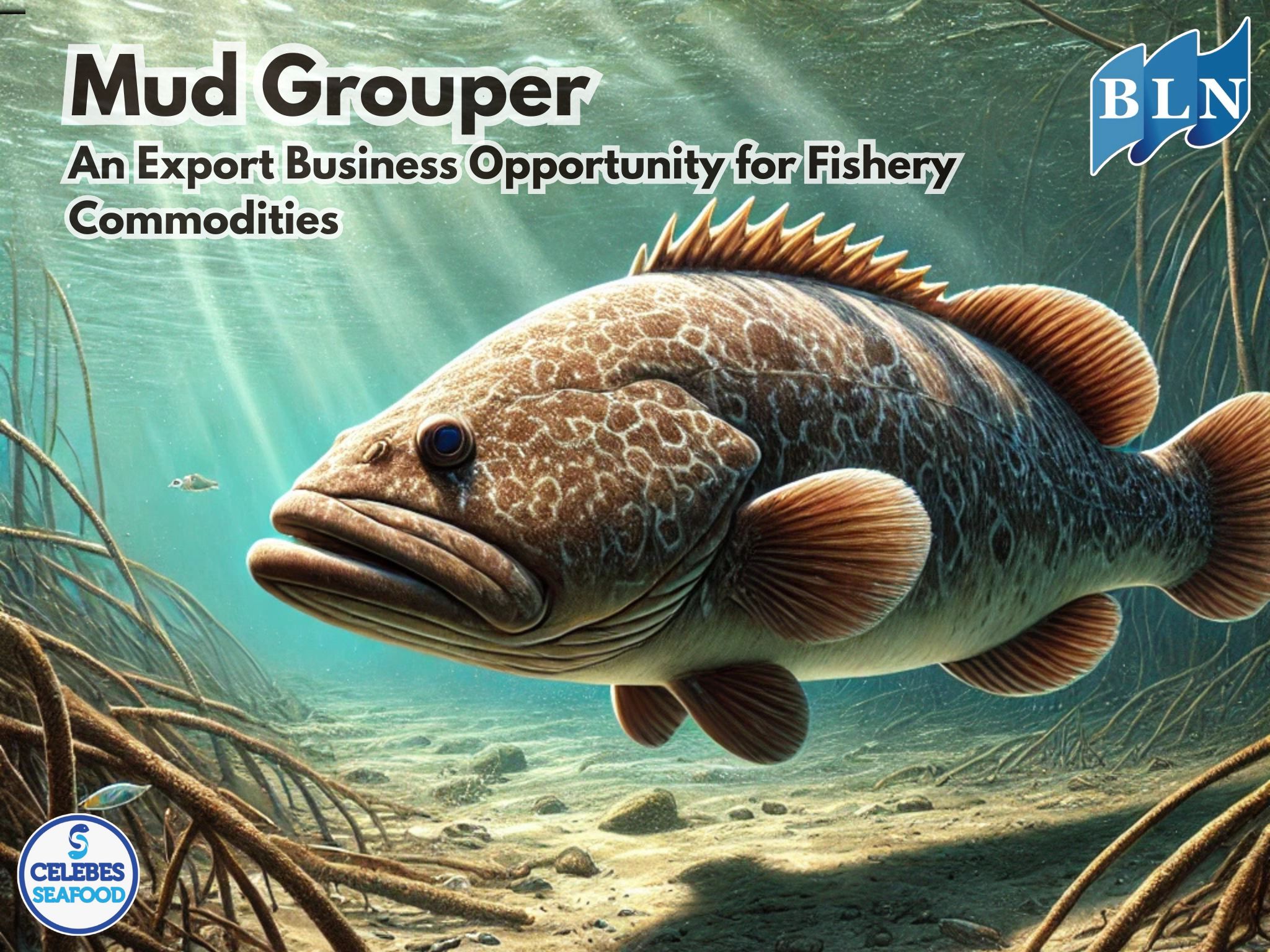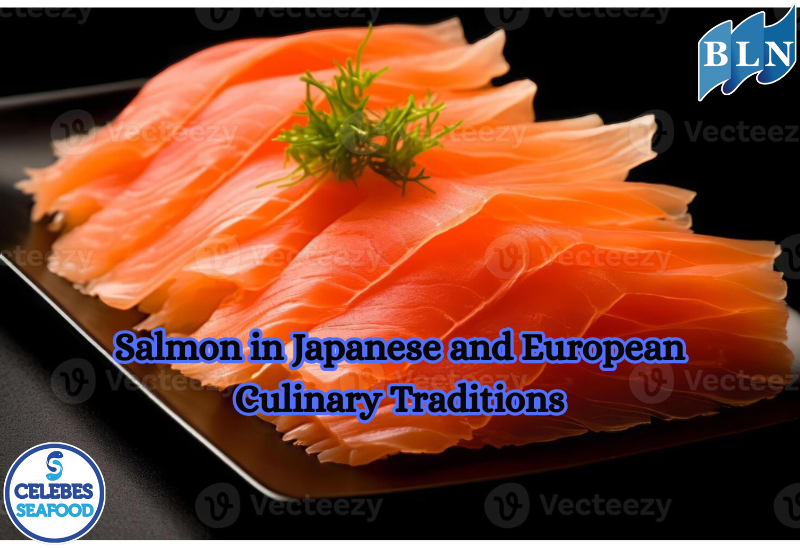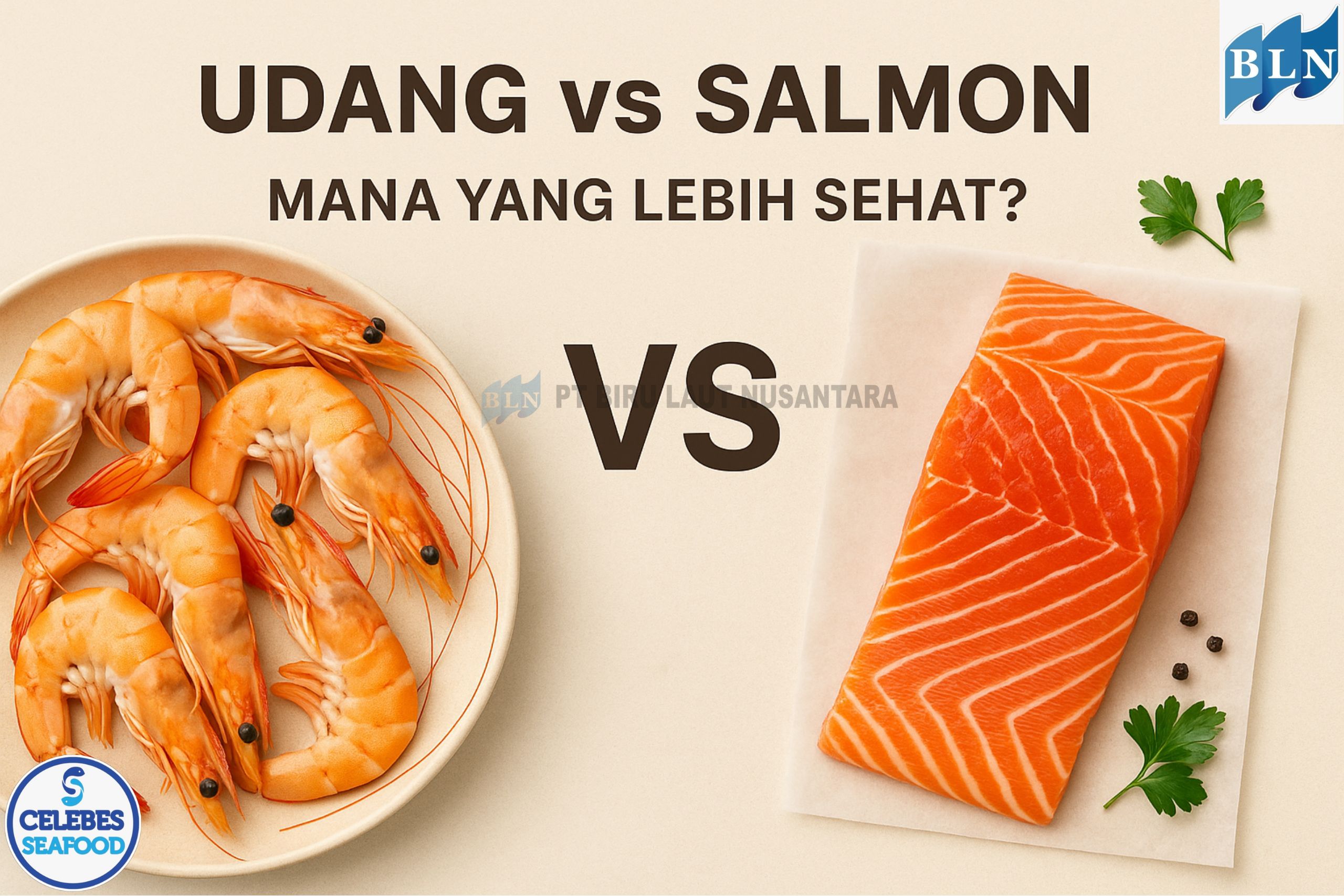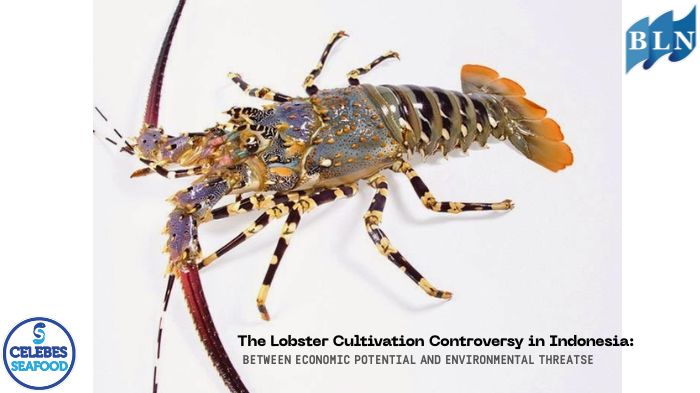Diversification of Fishery Products: Empek-Empek Mackerel
By. Amma - 22 Jan 2025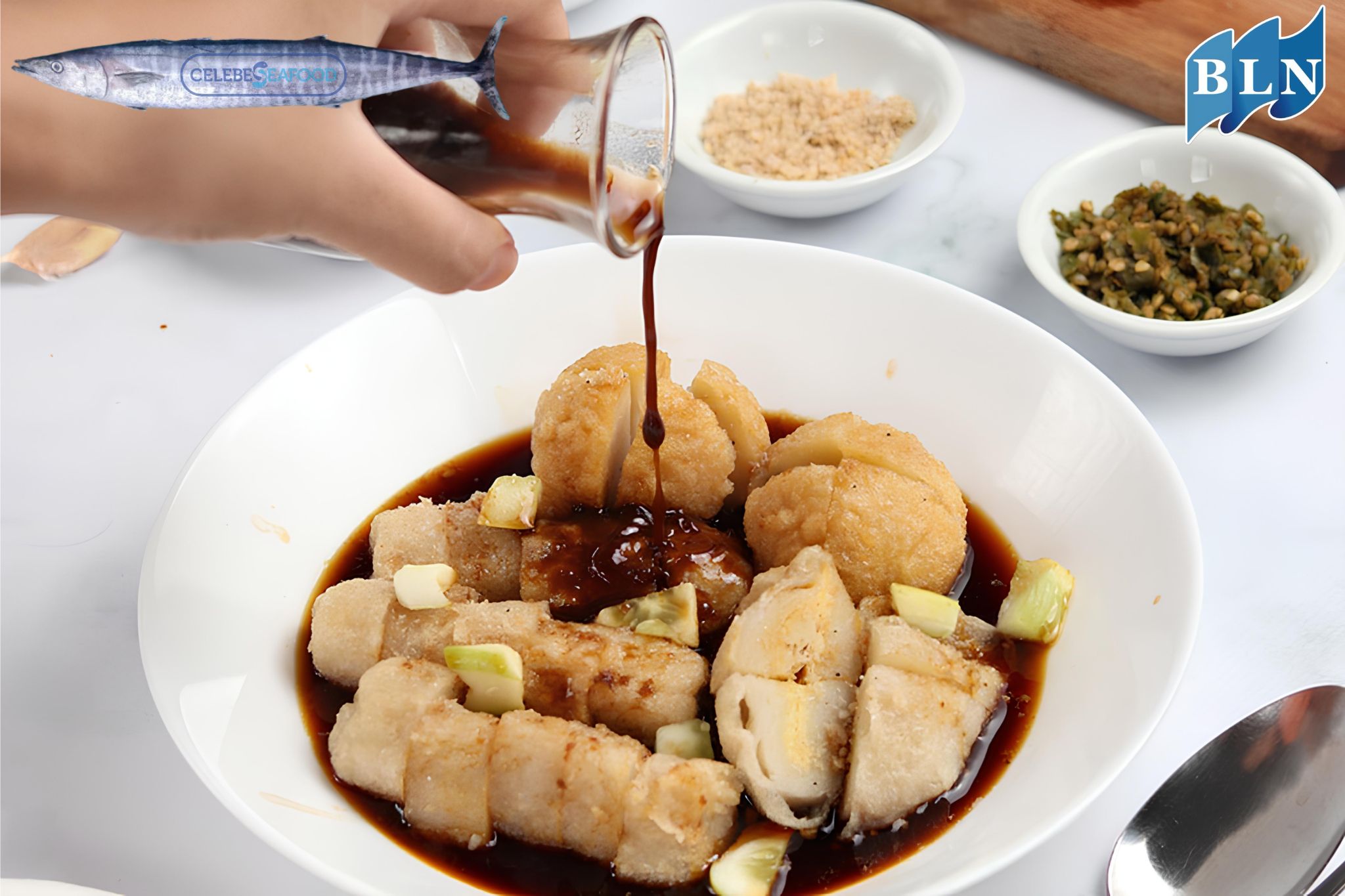
lautnusantara.com Diversification of fishery products using mackerel fish has given rise to a variety of delicious preparations with high economic value. One product that stands out is empek-empek, a Palembang specialty that is very popular throughout Indonesia. This diversification approach not only increases the selling value of mackerel, but also offers a variety of attractive food choices for consumers.
Why is Empek-Empek Mackerel so Popular?
- Delicious Taste: The combination of the savory taste of mackerel fish and the sour, sweet and spicy cuko sauce creates a culinary experience that many people really like.
- Unique Texture: Empek-empek has a distinctive chewy texture, different from other processed fish, providing a special pleasure when consumed.
- Various Shapes and Types: Empek-empek comes in various shapes and types, such as lenjer, adaan, submarine, and leather, thus providing many choices for consumers.
- Affordable Prices: With relatively pocket-friendly prices, empek-empek can be enjoyed by various levels of society.
Process of Making Empek-Empek Mackerel Fish
In general, making mackerel empek-empek involves several steps that need to be followed:
- Fish Grinding: First, the mackerel fish meat is finely ground until it becomes a soft paste.
- Mixing the Dough: Next, the fish paste is mixed with tapioca flour (or sago), water, and spices such as garlic, salt, and flavorings.
- Forming: After that, the dough is shaped according to the type of empek-empek desired. For example, the empek-empek lenjer is shaped into a long cylinder, the empek-empek adaan is shaped round, and the empek-empek submarine is filled with eggs.
- Boiling: The empek that have been formed are then boiled in boiling water until they float and are perfectly cooked.
- Frying (optional): Some types of empek-empek, such as skin and other variations, can be fried after boiling to get a crispier texture.
- Serving: Finally, empek-empek is served with cuko sauce made from brown sugar, tamarind, chili, garlic and other additional spices which give it a distinctive taste.
Read Also : Following are Several Stages of Good Handling of Mackerel Fish in the Processing Unit
Benefits of Diversifying Empek-Empek Mackerel Fish:
- Increased Economic Value: By processing it into empek-empek, mackerel fish has a higher selling value than if it were sold fresh.
- Job Creation: The empek-empek industry participates in opening up job opportunities for the community, from producers to traders and raw material suppliers.
- Increased Income: The empek-empek business can be a promising source of income for the surrounding community.
- Providing Practical and Delicious Food: Empek-empek is an alternative fish-based food that is not only practical, but also popular with many people.
- National Culinary Development: Empek-empek has become an important part of Indonesian cuisine which is widely known.
Tips for Making Delicious Mackerel Empek-Empek:
- Choose fresh mackerel fish so that the empek-empek results are optimal.
- Pay attention to the ratio between fish meat and flour, so that the texture of the empek-empek is not too hard or soft.
- Use ice water when mixing the dough; this will help the dough from sticking and give it a springy texture.
- Boil the empek-empek over medium heat until completely cooked.
- Don't forget the importance of the quality of the cuko sauce, because this will greatly influence the deliciousness of the empek-empek.
Read Also : 4 Benefits Of Vacuum Packaging For Fishery Products
Diversification of fishery products through processing mackerel fish into empek-empek is a clear example of how raw materials can be processed into products of high economic value that are popular with the public. This is also support for the development of the fisheries and culinary industry in Indonesia.
If you are interested in our WAHOO NATURAL CUT FILLET SKIN ON, WAHOO QUARTER CUT FILLET SKIN ON, KING FISH STEAKplease do not hesitate to contact us through email and/or whatsapp.
